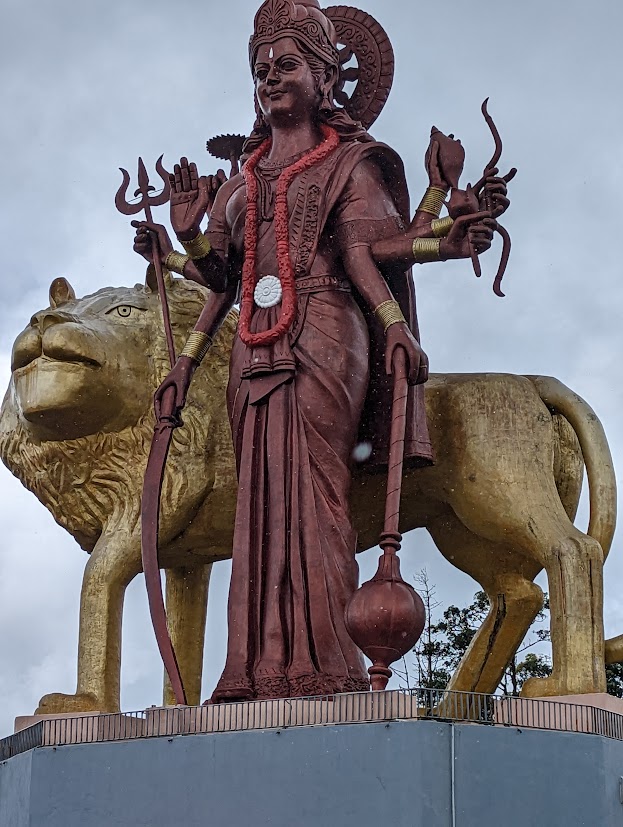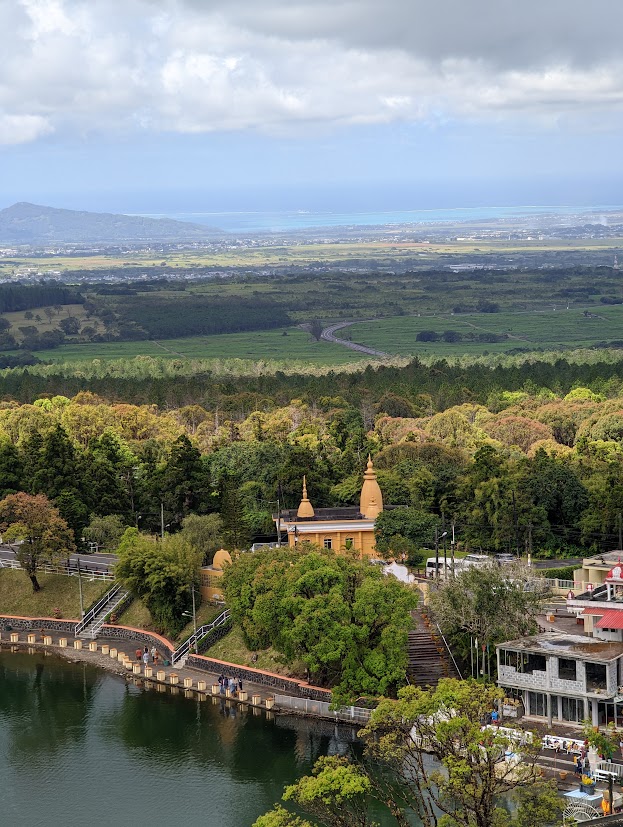Mauritius may be famous for its beaches and lush resorts, but the island’s spiritual side is just as captivating. Beyond the cocktails and catamarans lies a world of sacred spaces – Hindu temples nestled in the mountains and serene mosques in bustling towns – where clothing is more than just a personal choice. It’s a sign of respect.
Whether you’re planning to visit Grand Bassin, the spiritual heart of the island’s Hindu community, or the beautiful Jummah Mosque in Port Louis, knowing what’s considered appropriate clothing at sacred sites is essential. Not just to blend in, but to avoid causing offense in places that hold deep cultural and religious significance.
In this article, we’ll walk you through what to wear, what to avoid, and why dressing respectfully isn’t just about rules, it’s about connection.
These Places Are Sacred, Not Tourist Attractions
Many travelers make the mistake of treating temples and mosques like any other sightseeing stop. But in Mauritius, these sites are living, breathing spiritual centers. Locals pray here daily, celebrate religious festivals, and gather for rituals passed down through generations.
Wearing appropriate clothing at sacred sites is the first sign that you’re not just another tourist snapping photos. It tells the local community you’ve made an effort to understand and honor their customs, which in turn often leads to more open, genuine interactions.


Visiting Grand Bassin: A Spiritual Pilgrimage, Not a Photo Opportunity
Grand Bassin (Ganga Talao) is one of the most revered Hindu pilgrimage sites outside of India. Surrounded by statues of deities and vibrant temples, it draws thousands of visitors each year. But not all of them arrive prepared.
A recent controversy on social media sparked outrage when a group of tourists showed up in swimsuits. The blame wasn’t just on them—their tour guide had failed to inform them of the expectations. It was a sobering reminder of how things can go wrong when respectful behavior isn’t encouraged or enforced.
Here’s a clear breakdown of what’s acceptable and what’s not when visiting Hindu sacred grounds like Grand Bassin:
Avoid wearing:
- Swimwear, beach shorts, bikinis
- Tank tops, strapless tops, and sleeveless shirts
- Mini-skirts, short shorts
- Tight-fitting or transparent garments
Recommended attire:
- Long skirts or trousers
- Tops that cover the shoulders and chest
- Loose-fitting, breathable fabrics
- Shoes that are easy to slip off (you’ll be barefoot inside the temples)
Signs around Grand Bassin remind visitors to dress modestly, and locals are generally appreciative when tourists comply. Choosing appropriate clothing at sacred sites like this one shows mindfulness and opens the door to a more meaningful experience.
How to Dress When Visiting Mosques
Muslim communities in Mauritius also take clothing etiquette very seriously, particularly in and around mosques. If you’re heading to the renowned Jummah Mosque in Port Louis, the expectations are equally important to observe.
Women should wear:
- Full-length skirts or loose trousers
- Long-sleeved blouses or tunics
- A headscarf (not always mandatory but highly respectful)
- Closed shoes or easy-to-remove sandals
Men should wear:
- Long pants
- Collared shirts or plain T-shirts with sleeves
- Clean, tidy appearance (head covering not required)
As with temples, shoes must be removed before entering, and silence is expected inside. During prayer times, photography is discouraged or outright banned. Wearing appropriate clothing at sacred sites like mosques isn’t just about following rules—it signals that you’re there with the right intention.
Tour Guides: Part of the Problem or the Solution?
While tourists bear the ultimate responsibility for how they show up, local tour guides play a critical role in educating and preparing them. Unfortunately, not all guides take this seriously.
Before setting out to visit sacred places, a good guide will:
- Clearly explain the dress code
- Allow time and space to change if needed
- Carry extra shawls or sarongs for emergency cover-ups
Failing to provide this information risks embarrassing the tourist and offending the community. It also undermines the reputation of local tourism providers. Promoting appropriate clothing at sacred sites should be a standard part of every cultural excursion.
Why This Matters
It’s easy to think, “I’m just one person—what harm could my outfit do?” But sacred sites aren’t like beaches or shopping streets. They’re places of devotion and deep emotional connection for many Mauritians.
Wearing appropriate clothing at sacred sites isn’t about giving up your comfort. It’s about embracing the moment with humility. When you show up prepared and respectful, you’re not just a visitor—you become part of a shared human experience.
Practical Tips for Staying Respectful and Comfortable
Packing light doesn’t mean you can’t dress respectfully. Here are a few simple ways to make sure you’re always ready for a sacred site visit:
- Bring a large scarf or shawl to cover your shoulders or head.
- Keep a pair of loose trousers or a maxi skirt in your day bag.
- Wear sandals or shoes that are easy to remove.
- Avoid flashy or sheer fabrics.
- Listen to and follow local instructions—even if they seem unfamiliar.
The takeaway is simple: when in doubt, cover up. Modesty will never offend, but underdressing just might.
Where to Stay: Le Palmiste Resort & Spa (Trou aux Biches)
If you’re looking to explore both Grand Bassin and Port Louis while enjoying beachside relaxation, Le Palmiste Resort & Spa offers a perfect balance. Located near Trou aux Biches on the northwest coast, this resort combines affordability with comfort. It has three swimming pools, tropical gardens, a wellness center, and quick access to one of the island’s best swimming beaches.
The hotel’s location also puts you within easy driving distance of both the Jummah Mosque and Grand Bassin, making it a smart home base for travelers interested in Mauritius’s spiritual side.
Visiting temples and mosques in Mauritius can be incredibly moving—but only if done respectfully. Choosing appropriate clothing at sacred sites is a small but powerful way to show reverence and build cultural bridges. Dress with care, and you’ll discover that the warmest welcomes often come when we walk in with humility.



